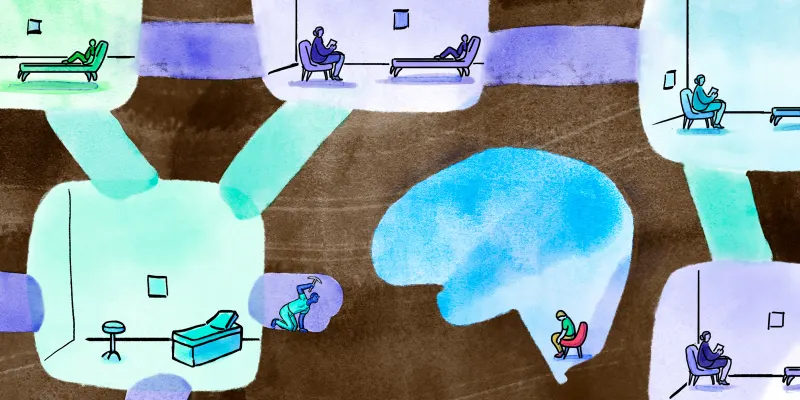
There are three aspects to the caravan: what is shown by the media; what is there to be seen; and what is unseen.
The focus is on innocent children, as in the widely circulated photograph of a woman with two children lacking pants or shoes, fleeing tear gas sprayed by law enforcement agents. They are far from home, in a very dangerous place, in violation of the laws of Mexico. And they are not all women and children: what the mainstream press doesn't show is that a large percentage of the crowd are men, and that many migrants are coming for work, not asylum.
Thousands of migrants are crammed together in Tijuana, many outdoors, and about a third of them are already sick. Without sanitation, outdoors in the rain, many more will become ill. Several cases of tuberculosis, chicken pox, and HIV have already been reported.
The unseen travelers also include measles, Chagas disease (American trypanosomiasis), hepatitis, and many other dangerous microbes. Then there's that mysterious polio-like illness—AFM for acute flaccid myelitis—that has struck hundreds of American children. AFM was first noted in 2014, just coincidentally in time and space with the dispersal of thousands of Central American children into U.S. schools. More prominent at that time was an outbreak of a deadly respiratory illness that sent hundreds of American children to intensive care units. Both types of symptoms can probably be caused by enterovirus D68, which happens to be endemic in Central America.
Chagas disease afflicts around 8 million people in Central America. An early symptom is to awaken with swelling of the eyelids on one side that persists for weeks. But most don't know they have Chagas until, after many years, it destroys the muscles of their esophagus, colon, or heart. It is carried by the reduviid ("kissing") bug, already present in the U.S. Packrats are hosts to these bugs. A high rate of Chagas is being found in dogs in Texas.
In Minnesota in 2014, 22 percent of refugees tested positive for LTBI. While latent tuberculosis is not infectious, what happens if a case of active tuberculosis is diagnosed in the U.S.? All the patient's contacts must be identified, tested, and followed. The persons exposed while the patient was coughing on the bus will be impossible to locate. The patient requires treatment for at least a year, with careful follow-up.
How many patients with contagious diseases and their contacts can be effectively followed by U.S. public health departments? Not very many—these agencies are already underfunded and stretched thin. How many patients with active TB can be safely treated in U.S. hospitals? Last time I checked there were only two or three negative-pressure isolation rooms in my city. And what if the disease is resistant to all antibiotics, as is occurring in many countries? In the old days, patients' lungs were collapsed by injecting air into the chest to cause a pneumothorax. A patient I cared for at Parkland Hospital in Dallas had a caved-in chest from the removal of several ribs (a thoracoplasty) to keep his lung collapsed permanently. This won't help disseminated TB, such as meningitis.
The public health response to contagious diseases, especially deadly untreatable ones, is to make the diagnosis, isolate the patients, and trace the contacts. This means that for migrants we need a positive identification of the person, his country of origin, and his location.
Public health can't deal with a large influx of migrants coming in without detailed information on each of them. We need better laboratory facilities and public health surveillance throughout the country. We need law enforcement to stop illegal entry without a full process.
We need to protect the children.







